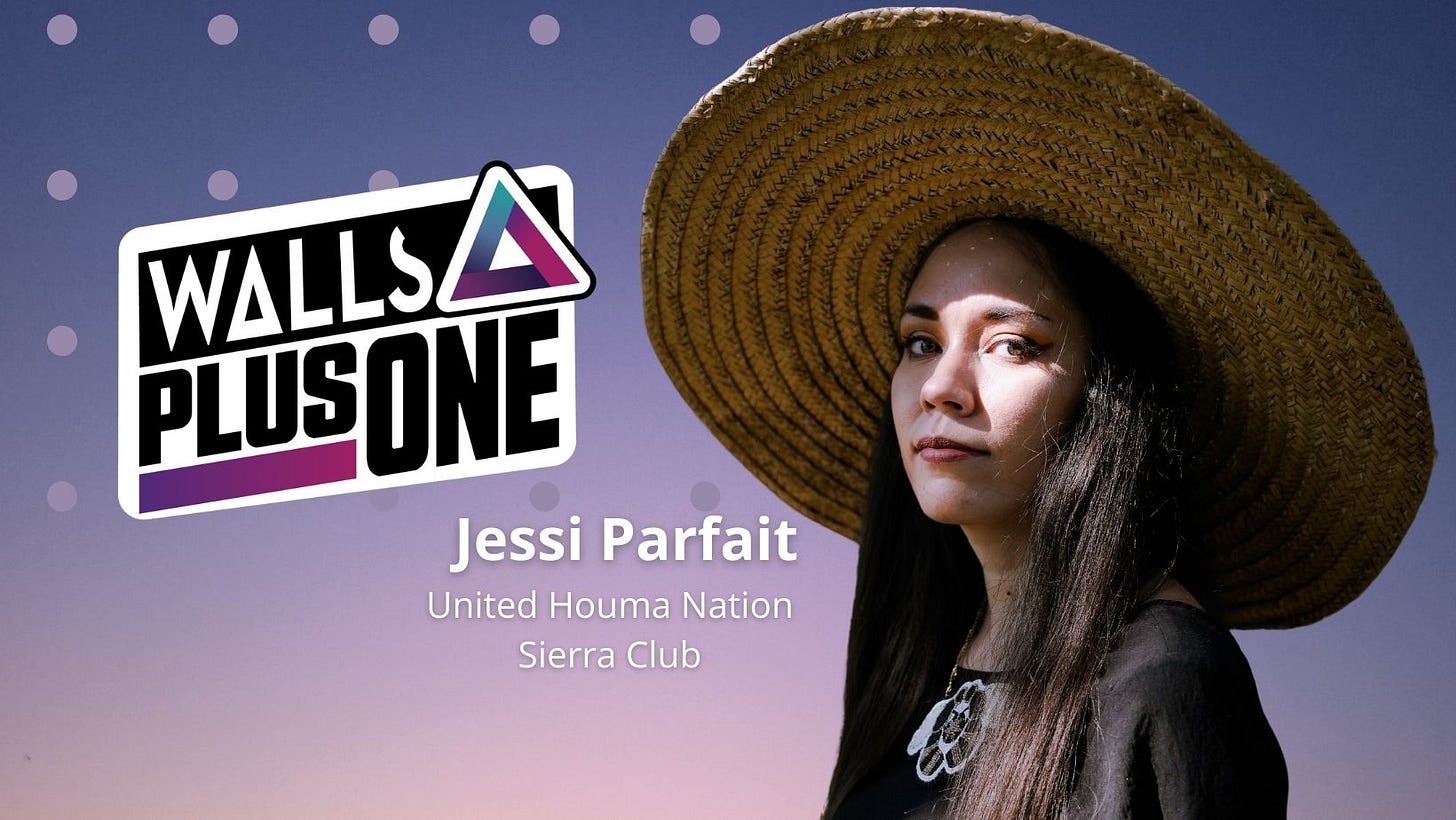Before we get into the meat of this episode, I’d love for you to listen to the last interview of season 1. It is referenced a few times in this episode.
Season 1, Episode 11: Crisis on the Coast: Corey Miller
The person referencing that interview with Corey Miller is Jessi Parfait. She is the Campaign Representative at the Sierra Club for the Beyond Dirty Fuels Campaign. Additionally, she is a citizen of the United Houma Nation.
Jessi is going to tell you about her tribe and the impact that industry has made on the Louisiana coastline, a place her community has called home for thousands of years.
Related: Houma is where the heart is
One of the major topics discussed in this episode is related to the federal recognition process regarding why the United Houma Nation is not federally recognized. Federal recognition means that a tribe is treated as a nation within a nation. With that status, a tribe can set up its own government, legal system, taxes and fees.
The process has been difficult and prior attempts for recognition were denied due to lack of sufficient records. The Obama administration, however, made the process a bit easier by easing the requirements. CLICK HERE to learn more about what those changes included and how they were received.
Also featured in this episode is Ian Richardson, owner of the backyard plant nursery Beaver’s Abundance. His focus is on native plants and he explains why you should consider planting native plants on your property.
One of the tips Ian offered regarding how to learn more about native plants is to visit local arboretums. There is a national organization that provides access to arboretums across the country with a single membership. CLICK HERE to see a list of more than 300 participating gardens.
Having knowledge and respect for our land and the plants that keep it thriving is going to be an important component to having a sustainable future. If you didn’t already know, The Walls Project has a program devoted to urban agriculture and sustainability practices. It’s called Baton Roots!
Program Director SK Groll joins in to talk about Sow Good Saturday. We realize that this program is really only good for those of you in the Baton Rouge area, so we want to hear about the programs happening in YOUR area. Tell us about it on social media.
Additional links
CPRA Data viewer where you can see planned projects, flood risk and land loss
1939 edition of the Louisiana Conservation Review that discusses the “wild well.”
Propublica created interactive maps to define Louisiana’s land loss
Terms
We’re building on this list with every episode. Below are the terms related to this episode.
Bonnet Carre Spillway - A flood control operation in the St. Charles Parish. It’s located about 12 miles west of New Orleans. It allows floodwaters from the Mississippi River to flow into Lake Pontchartrain and then into the Gulf of Mexico. It was constructed between 1929 and 1931, following the Great Mississippi Flood of 1927. It has been designated as a National Historic Civil Engineering Landmark by the American Society of Civil Engineers.
Great Mississippi Flood of 1927 - The most destructive river flood in the history of the United States, with 27,000 square miles inundated with up to 30 feet of water over the course of several months in early 1927. About 500 people died and over 630,000 people were directly affected. To prevent future floods, the federal government built the world’s longest system of levees and floodways.
Native azaleas - They are seldom seen in gardens even though they are believed to have been around for 50 million years. They are a flowering shrub that can reach heights of 6 to 8 inches. They are woodland plants that do well in light or dappled shade. The swamp azalea can be planted in moist to wet areas, and tolerates extreme cold well. Their blooms vary from whites to pinks to oranges. Some bloom early spring while others bloom in summer. Their flowers are tubular and showy with flaring petals and long stamens.
Nutria - They are known as coypu or swamp rats. They are large rodents that live in areas with lots of freshwater. They are mammals and are native to South America. They grow to between 17 and 25 inches long from head to rump, which is about the same size as a raccoon. Their tail adds another 10-16 inches and they weigh between 15-22 pounds. They were introduced into the United States between 1899 and 1930 through the fur industry, according to the U.S. Fish and Wildlife Services. Nutria are now considered a nuisance in the U.S. and other parts of the world where their populations have grown and their presence has disrupted the native ecosystem. They are native to the marshes and coastal lakes in Bolivia and Southern Brazil. Their populations in those locations are kept in check by the seasonal drought-flood cycles. Periods of drought decimate their population, but thanks to their rapid reproduction rate, they are able to recover during the flooding season. They breed year-round and can have up to three litters a year with between two and 13 offspring per litter, allowing their populations to rapidly grow. They are now considered one of the most ecologically harmful invasive species on the planet. CLICK HERE to learn more.
Solarization - A nonchemical method for controlling soil borne pests using high temperatures produced by capturing radiant energy from the sun. CLICK HERE to learn more.
We really want to hear from you. Send us a message on social media, or email us at info@wallsplusone.org. We want to know what you think about the show, what questions you have related to climate change, or just any messages of encouragement you might have.
















Share this post